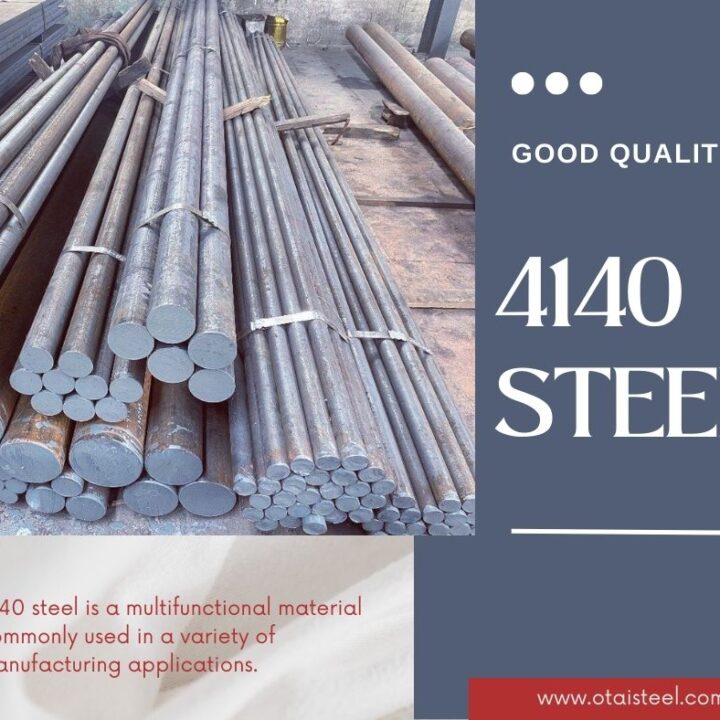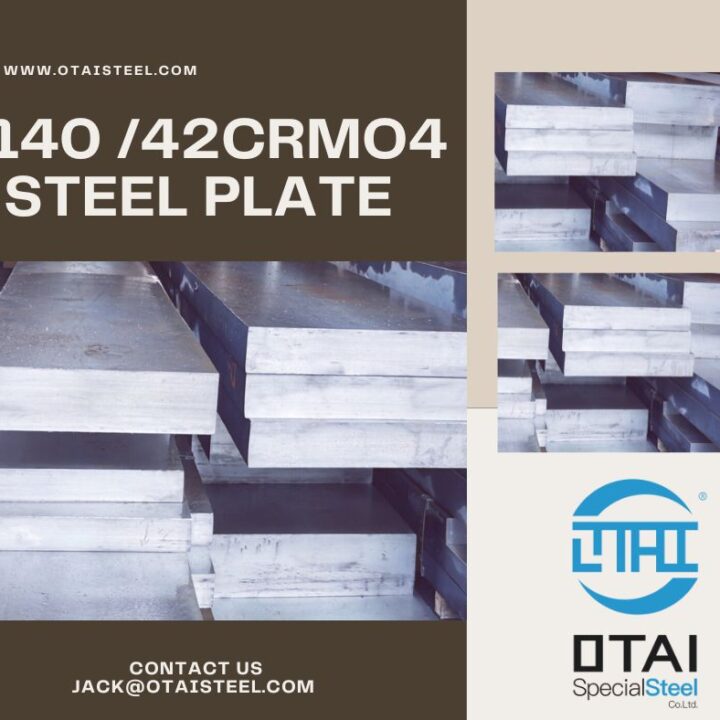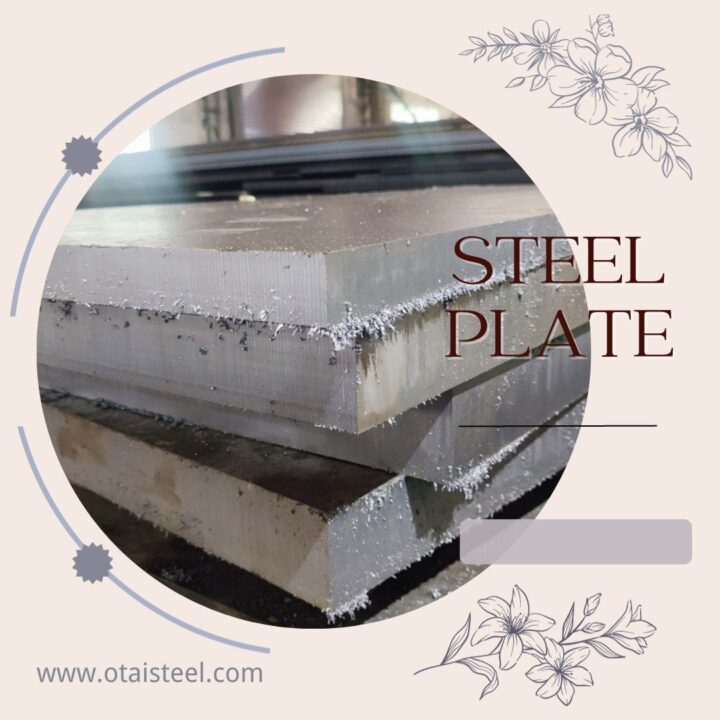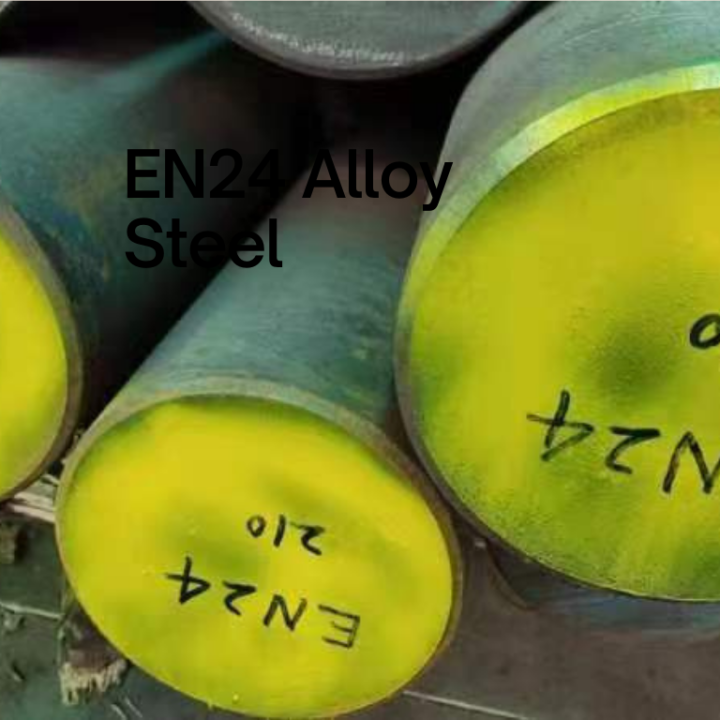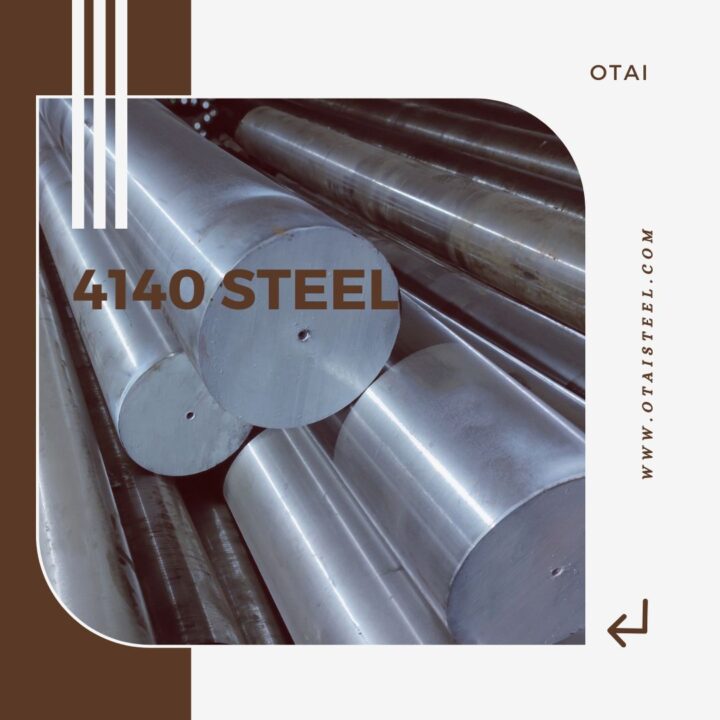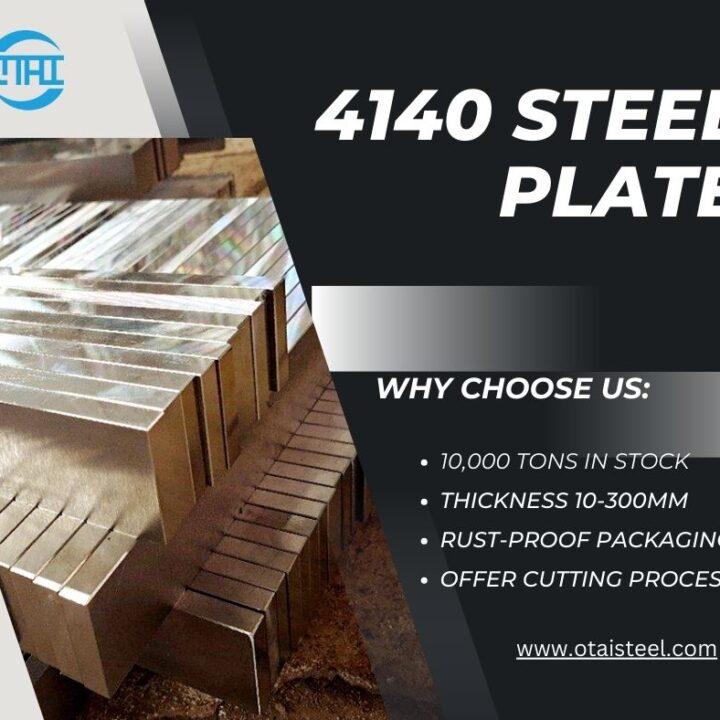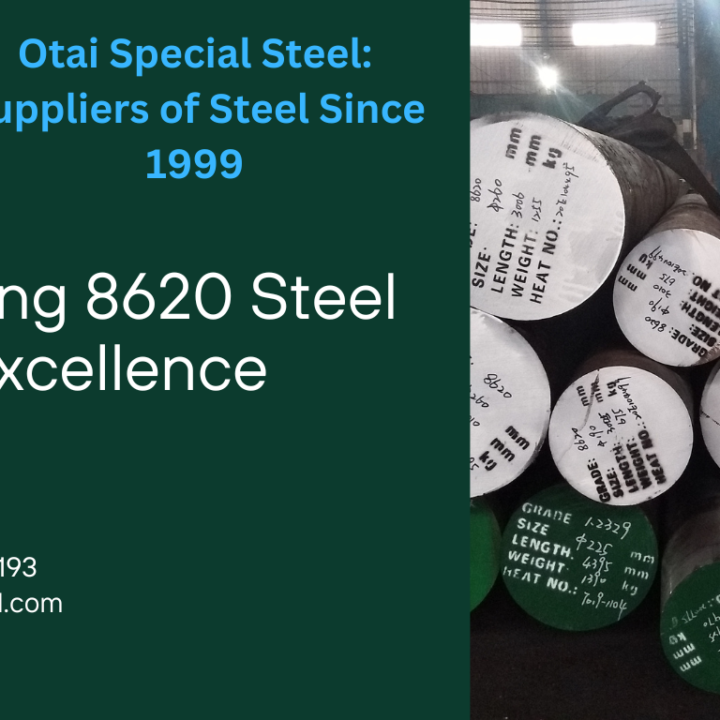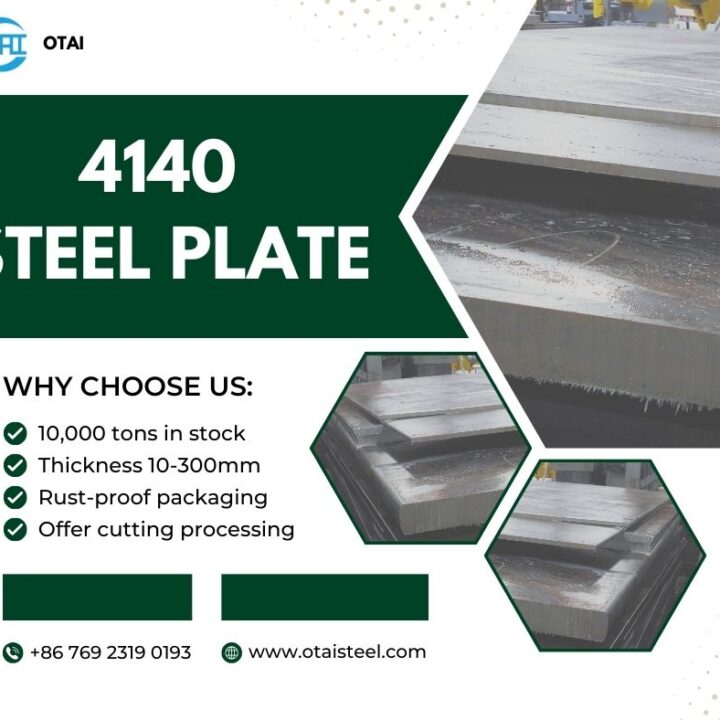Heat treatment is an age-old craft that has revolutionized the world of metallurgy. One particular steel that benefits greatly from this process is the robust 4140 steel. This article delves into the intriguing realm of heat treatment and its role in enhancing the performance of 4140 steel, a material that has shaped industries through its unique properties and versatility.
Understanding 4140 Steel: Composition and Characteristics
Building Blocks of Strength
At its core, 4140 steel is a versatile alloy composed of iron, carbon, chromium, and molybdenum. Its strength and durability arise from this precise combination of elements. The carbon content, typically ranging between 0.38% and 0.43%, imparts the steel with its exceptional toughness.
Unlocking Exceptional Properties
4140 steel stands out due to its remarkable hardness and heat resistance. This is made possible by the addition of chromium and molybdenum to its composition. The resulting alloy exhibits excellent wear resistance, making it a favored choice across industries.
The Role of Heat Treatment
Unveiling the Process
Heat treatment is a controlled process that involves subjecting metals to specific heating and cooling cycles. For 4140 steel, the objective is to enhance its mechanical properties by manipulating its microstructure through temperature variations.
Phases of Transformation
The heat treatment of 4140 steel involves multiple phases. The initial phase is known as heating, during which the steel is exposed to high temperatures. This is followed by cooling, which can be performed rapidly (quenching) or gradually (tempering), leading to different material properties.
Benefits in Various Industries
Aerospace Advancements: Strength-to-Weight Ratio
In the aerospace sector, 4140 steel’s heat-treated variants find their way into critical components like landing gear and structural elements. The steel’s enhanced strength-to-weight ratio contributes to fuel efficiency and overall aircraft performance.
Automotive Innovation: Durability and Precision
Automobiles rely on 4140 steel for components like crankshafts, axles, and gears. Heat treatment not only improves their durability but also refines their precision, resulting in smoother operation and prolonged lifespan.
Industrial Machinery: Wear Resistance
In industries such as manufacturing and construction, machinery components face significant wear and tear. Heat-treated 4140 steel exhibits exceptional wear resistance, prolonging the life of gears, shafts, and other vital parts.
Unveiling the Secrets of Heat Treatment
Quenching: Rapid Cooling for Hardness
Quenching is a critical step in heat treatment. It involves rapidly cooling the heated steel in water, oil, or other mediums. This sudden cooling locks in a hardened microstructure, providing the steel with increased hardness and brittleness.
Tempering: Balancing Strength and Toughness
To avoid excessive brittleness, tempered 4140 steel undergoes a controlled reheating process. This step, known as tempering, balances the hardness gained from quenching with increased toughness, creating a material that can withstand mechanical stresses.
In the realm of metallurgy, the synergy between 4140 steel and heat treatment is undeniable. The secrets hidden within the heat treatment process unlock a new dimension of performance for this remarkable steel. From aerospace engineering to automotive manufacturing, and across various industrial sectors, 4140 steel’s enhanced properties showcase how heat treatment shapes our modern world.
